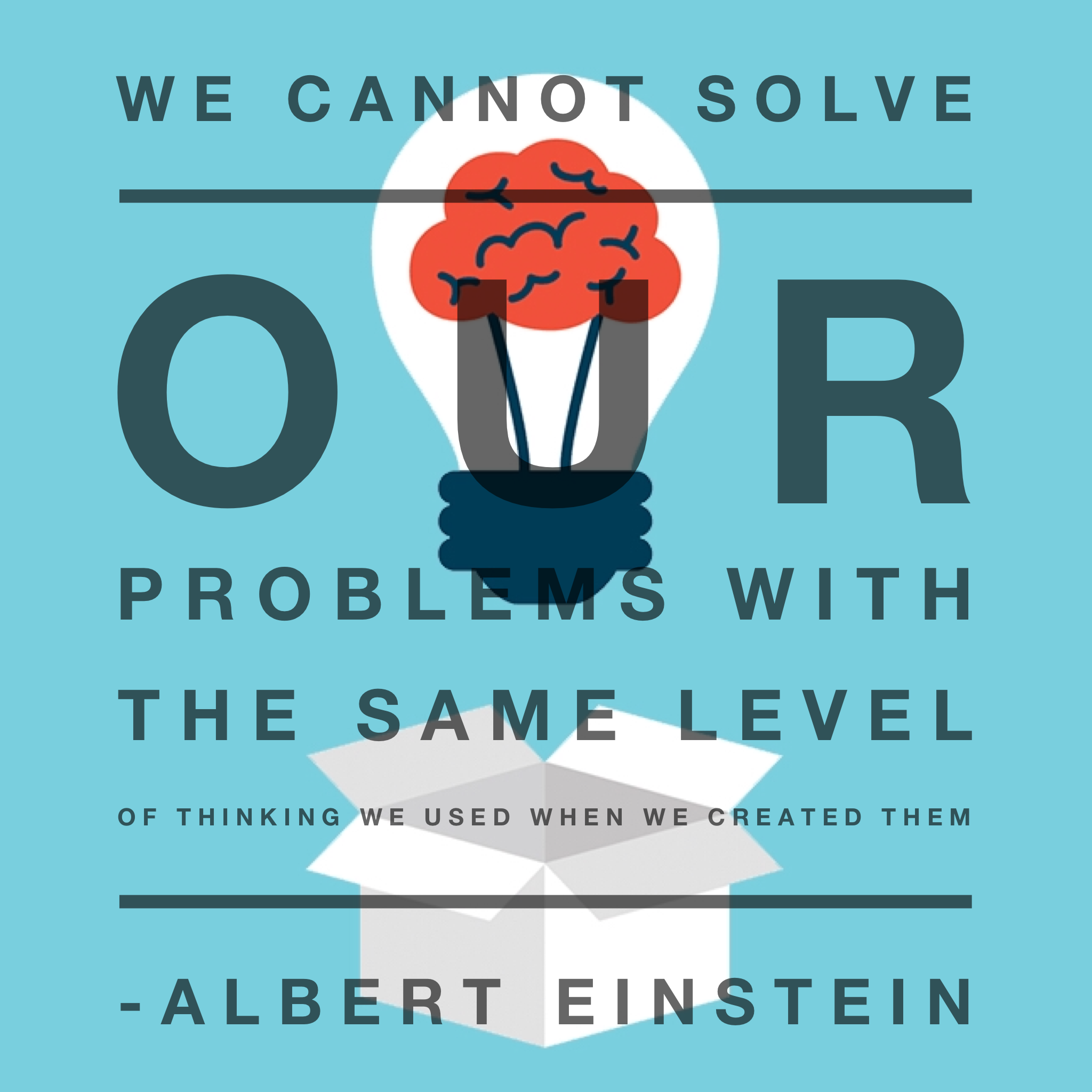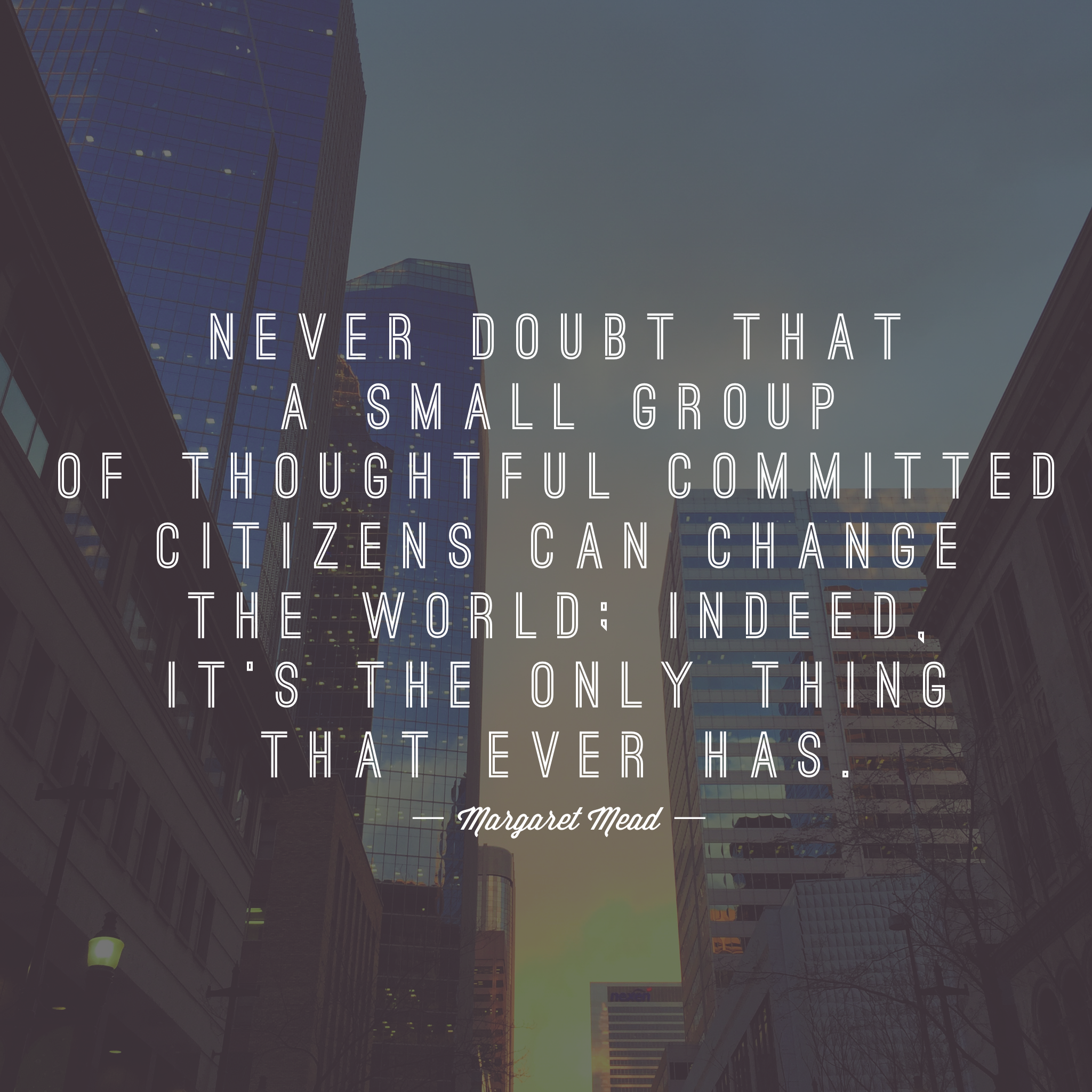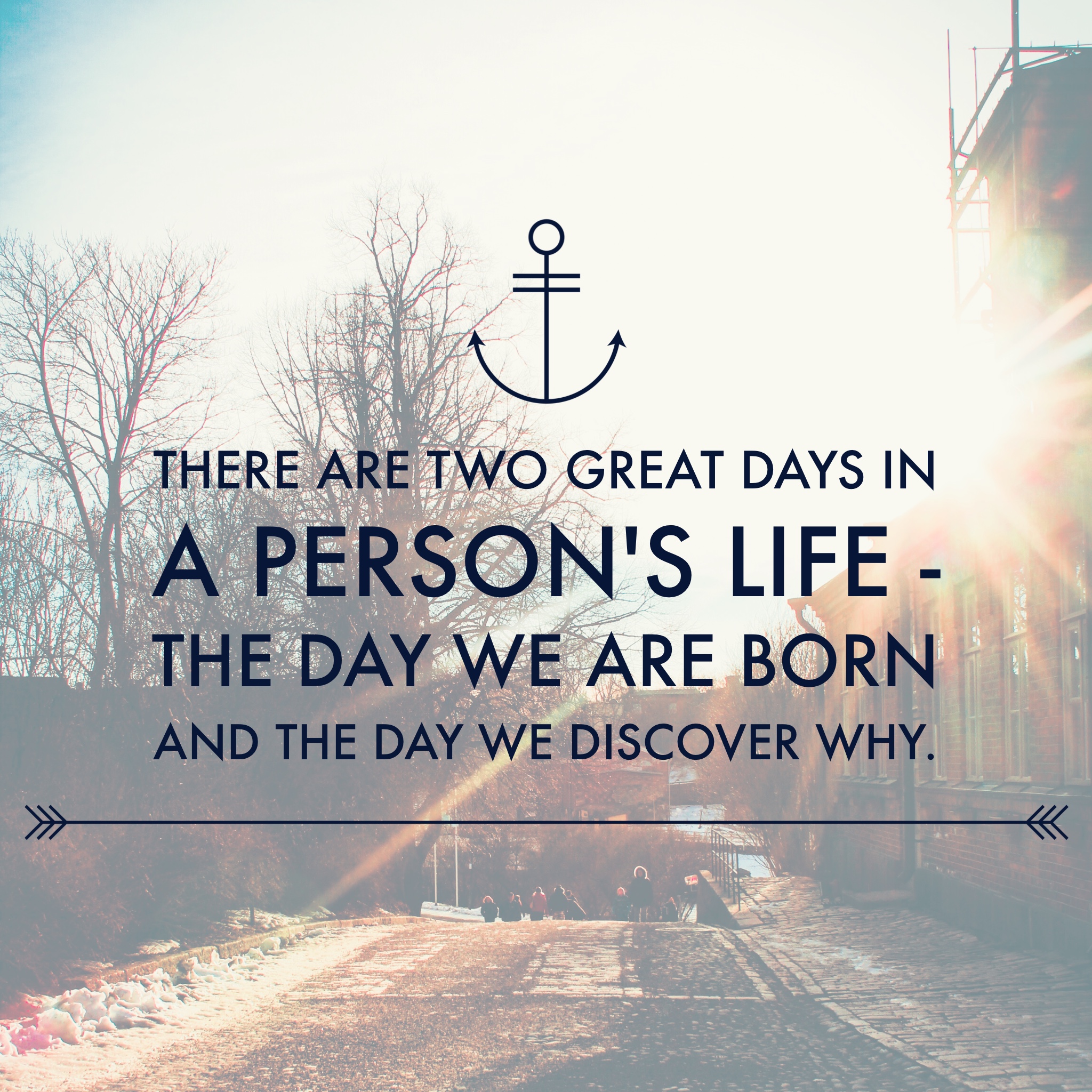As leaders of organizations it is imperative that we embrace technology as a powerful tool to grow our business in the “Digital Age”. How comfortable are you and your senior leadership team at using technology? Below is a list of questions to evaluate your Technology Acumen:
- Do you use a mobile device as a daily business tool?
- Are you able to download applications on your personal computer and/or hand held device to support making you more efficient in your role?
- Are you using Skype as a tool to communicate with staff and clients?
- How often are your using Social Media – Linked-in, Twitter, YouTube, Facebook or Snapchat as a way to connect with clients, colleagues or potential clients?
- Have you had an audit done on your company’s IT system and received some quality recommendations of how to leverage your IT system to grow your business?
- Is your company using “Business Analytics” as a strategy to connect with clients or to find ways to service your existing clients better because of the information you are uncovering from your “Business Analytics”?
- What do you know about storing data in the Cloud?
- How secure is your data and do you have a contingency plan in place for possible loss of data?
- Do you Blog or Video Blog?
- As a company can you articulate how your IT strategy is supporting your company’s ability to differentiate yourselves in the marketplace?
As a leader you do not have to be well versed in every aspect of technology, however, it is very important to identify the technologies that will have the most profound impact on the growth and sustainability of your organization and to attain the knowledge required to leverage the power of those technologies in our “Digital Economy”.
Question: Which area of technology will you focus on becoming more conversant?










